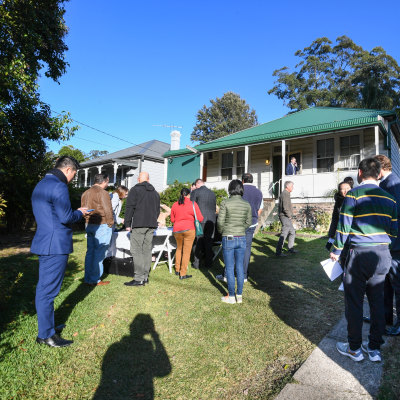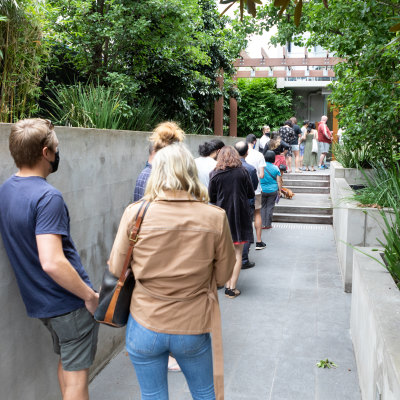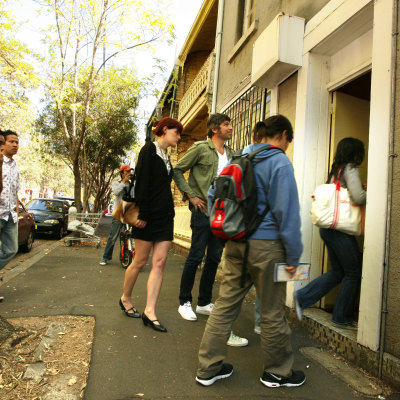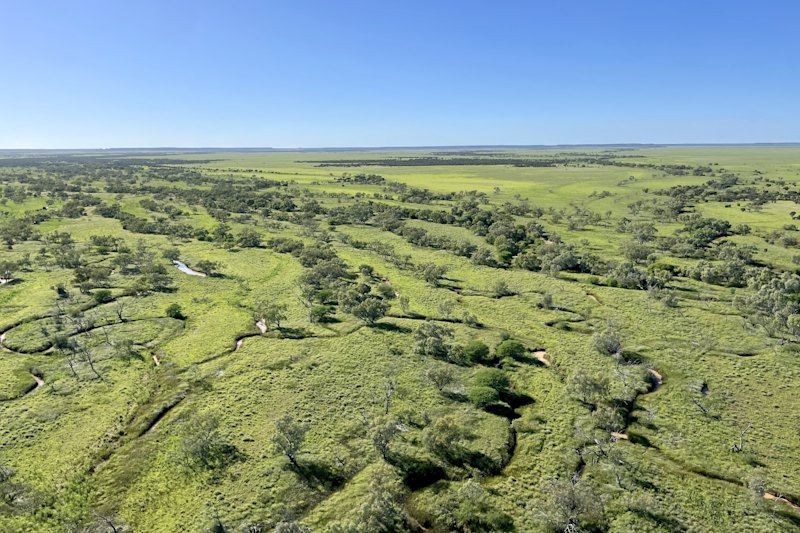Renting versus owning: Data reveals the Aussies under the most financial pressure
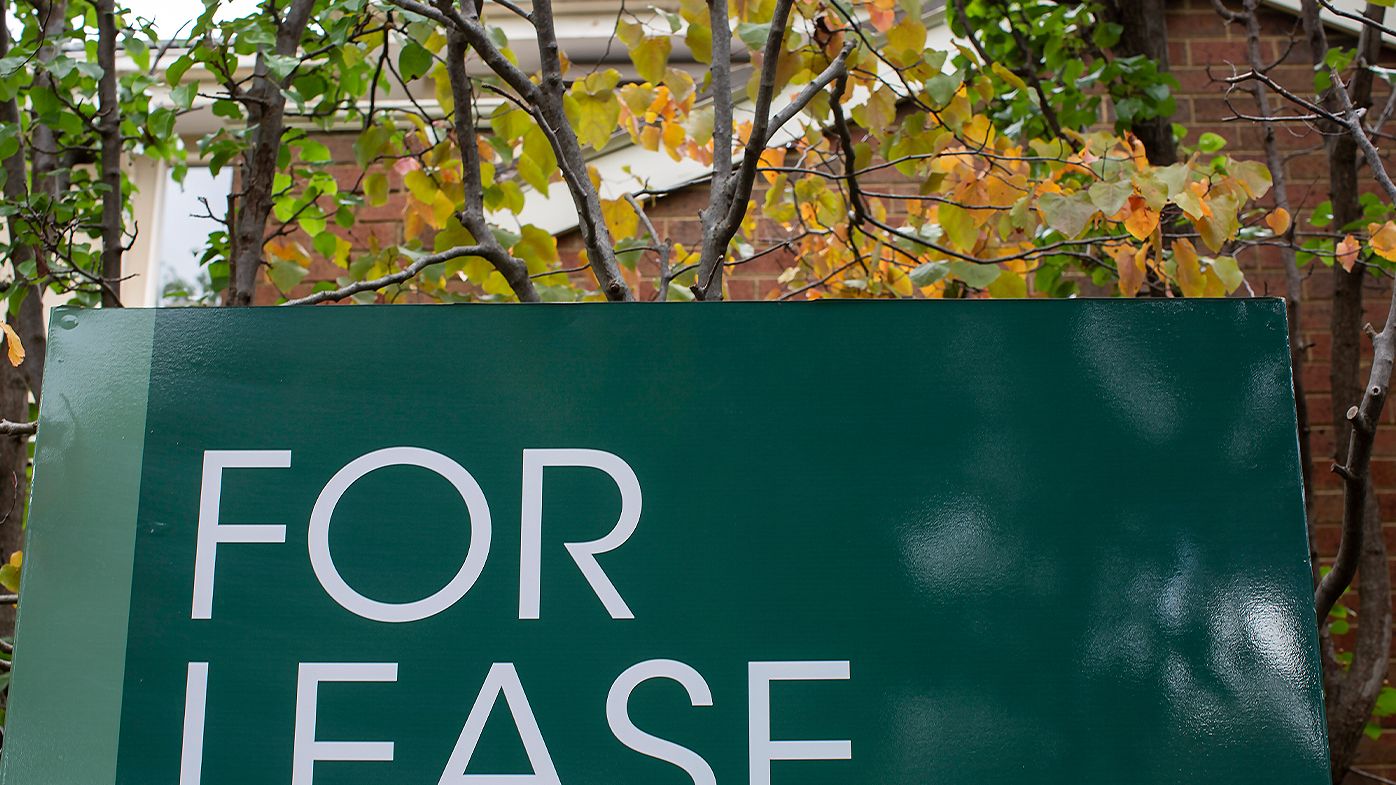
Almost double the number of Aussie tenants are experiencing rental stress compared to home owners who are under mortgage stress, research shows.
And an leading economist has warned a Greens’ proposal to introduce rent controls, which has been rejected by the Albanese government, may not improve the financial situation for Aussie renters, based on a similar overseas experiment.
Ray White Group chief economist Nerida Conisbee said the demand placed on the rental market is resulting in a squeeze.
“Fundamentally we have a rental housing shortage. There are too few homes in places where people want to, or need to, live,” Ms Conisbee wrote in her weekly economic report.
The benchmark for financial stress is defined as paying more than 30 per cent of a household income on rent or a mortgage.
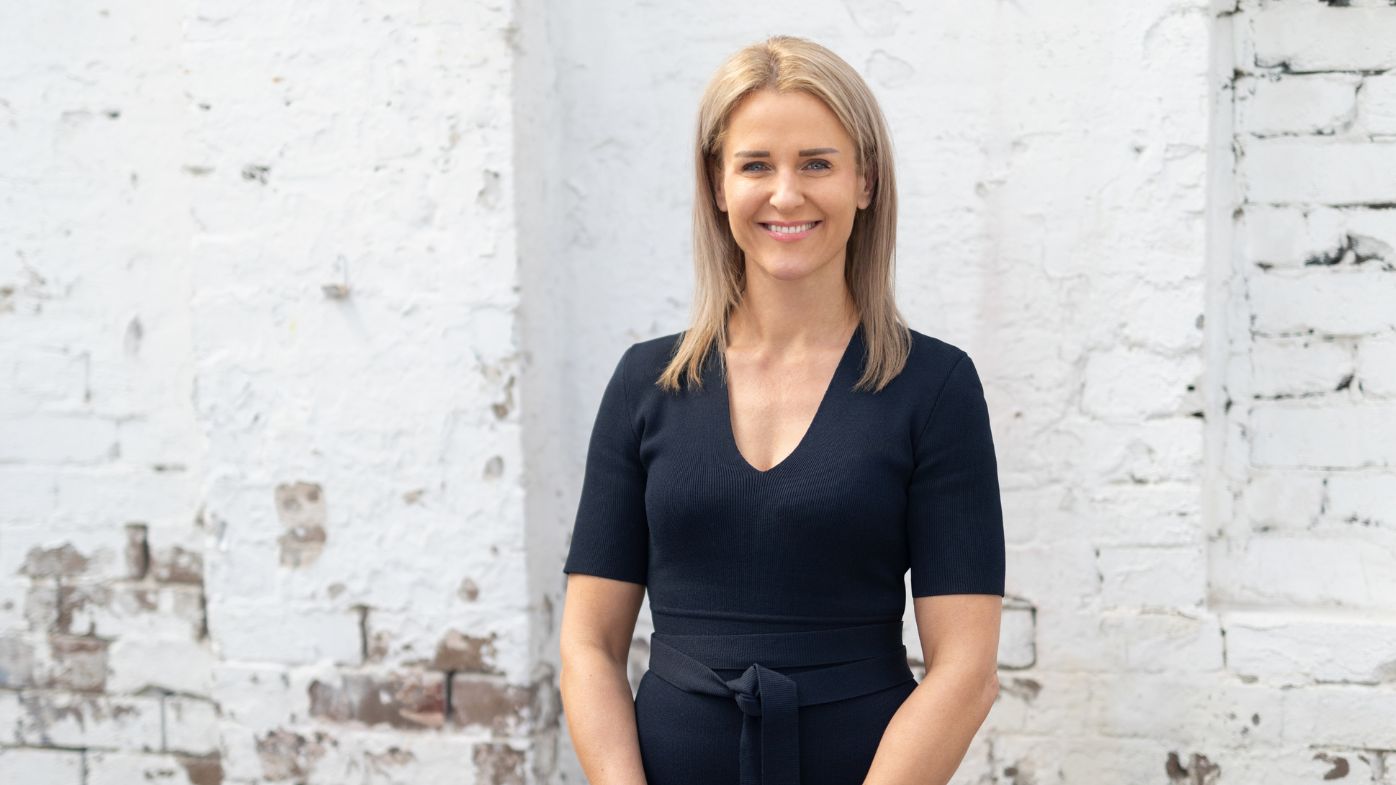
Census data from 2021 shows that 915,000 Aussie households were spending more than 30 per cent of income on rental payments, the Ray White report said.
This was in contrast to 469,000 households forking out more than 30 per cent of income to a mortgage lender.
Although house prices have gone down – responding to rising interest rates aimed at pegging back inflation – rents have rocketed, and Ms Conisbee believes the trend will not abate.
“Over the past year, advertised rents in Australia have risen 17.1 per cent, the biggest jump ever recorded,” Ms Conisbee said.
“While advertised rents are soaring higher compared to current rental agreements, we know from history that these will soon follow.
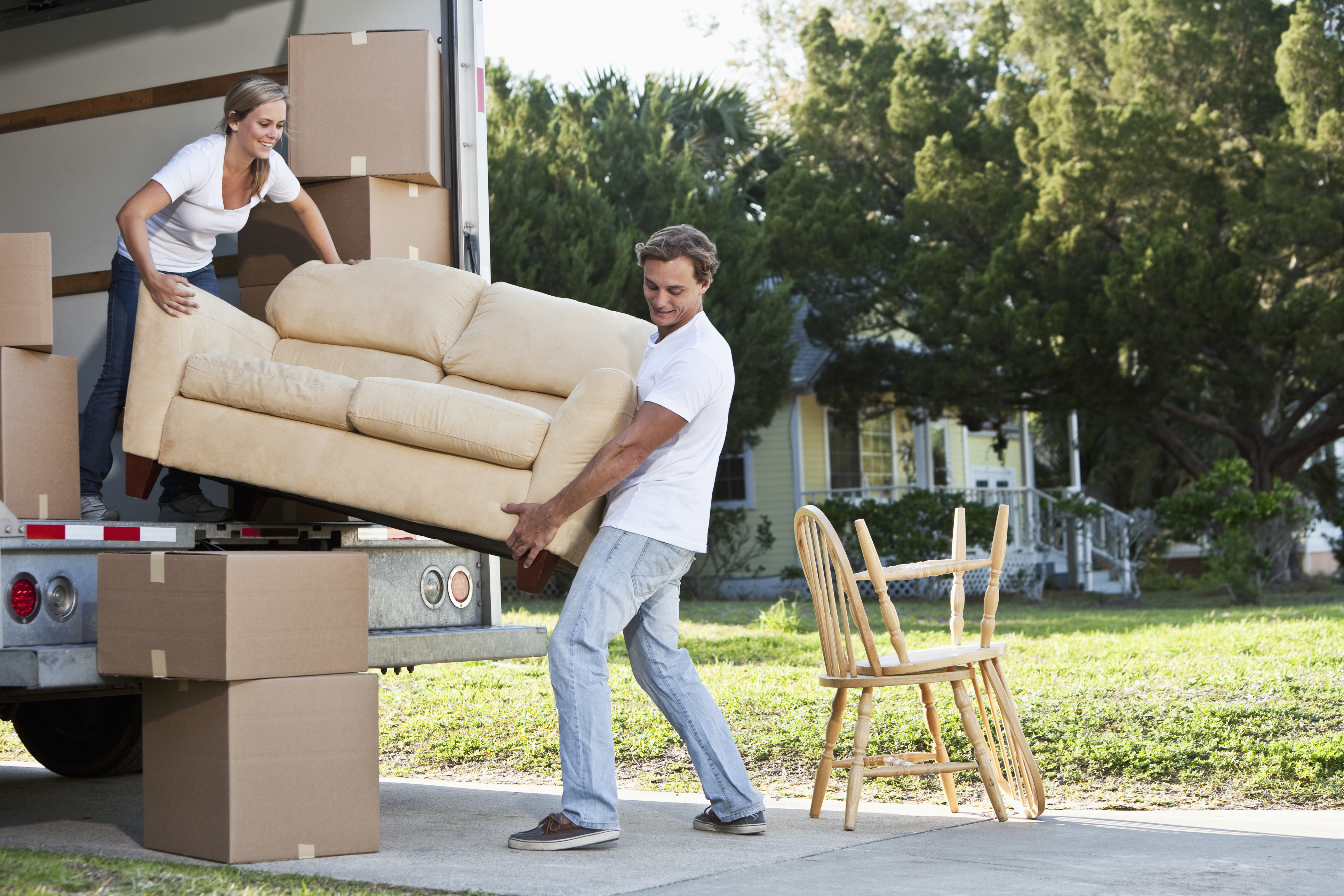
“And unlike house prices, these increases are set to continue. Already we can see that the pace of growth is accelerating.”
The national vacancy rate is currently at a record low of 0.9 per cent, Domain data shows. Rental listings are 45.4 per cent down over the year and have dropped across most capitals, Domain’s July vacancy report revealed.
The Greens last week called for a nationwide two-year rent freeze, aimed at enabling sluggish salaries to close the gap on rising rent prices. This would be followed by a cap on rent increases (2 per cent every two years, after the 24-month freeze period is over).
Treasurer Jim Chalmers said the proposal was not on the government’s agenda, preferring to “work with the super industry and states”, he said last Thursday, to build more homes to meet demand and ease prices through improved supply.
Ms Conisbee said rent control measures would discourage housing investment, which would not improve the availability of stock.
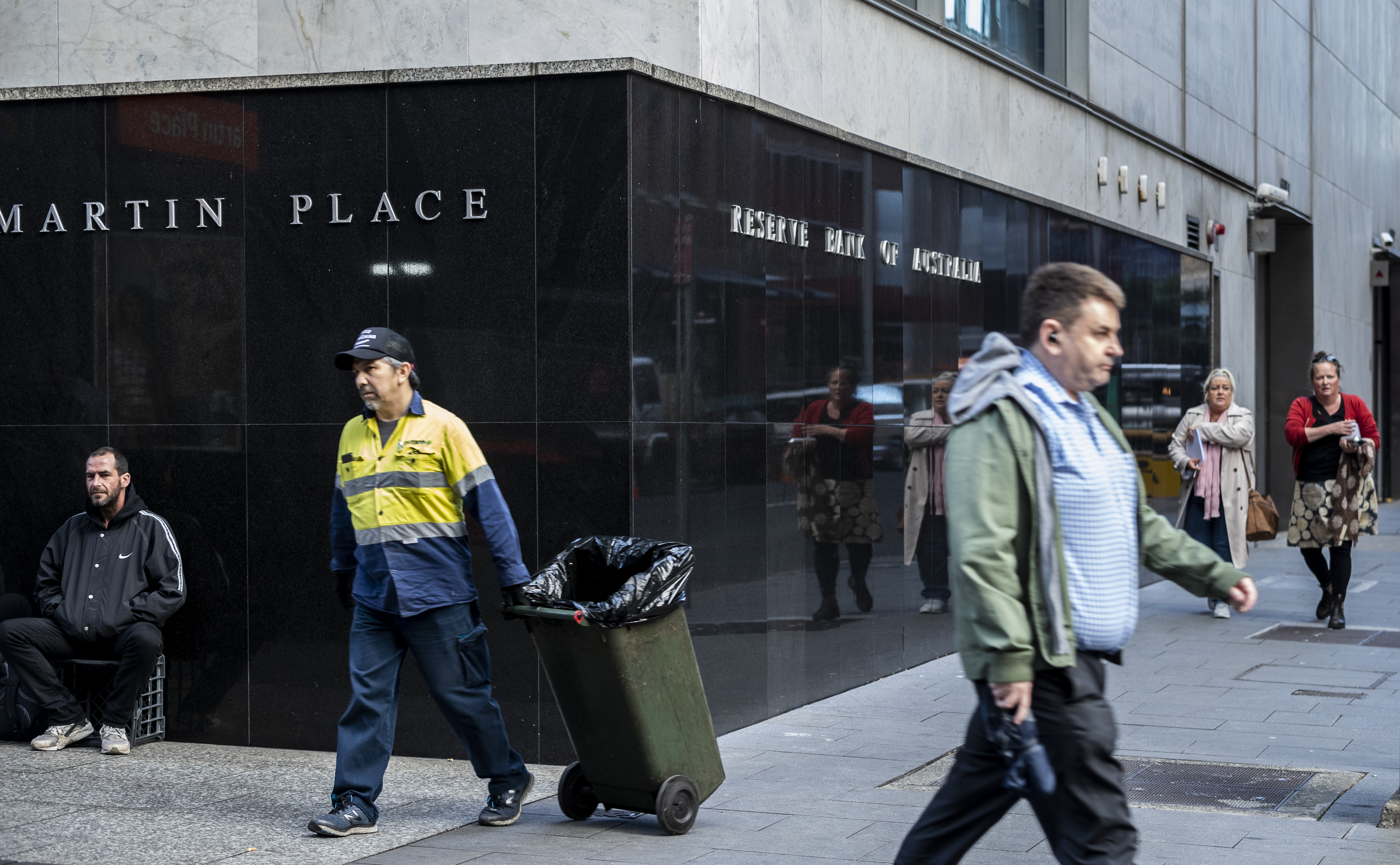
A similar rent control strategy in Berlin, enacted in 2020, has halved the number of rental properties available and the flow-on effect of people moving out of the city to access alternative housing on the fringes has pushed up rent prices in those regions, Ms Conisbee said.
“The solution to fixing affordability for renters is providing enough housing for the people in places that people want to live,” she said.
“It is a market failure that not enough homes are created, a market failure that will worsen this year as construction costs continue to rise. This inability to provide enough housing isn’t just bad news for renters and first home buyers but ultimately Australia’s economic growth.”
We recommend
We thought you might like
States
Capital Cities
Capital Cities - Rentals
Popular Areas
Allhomes
More
